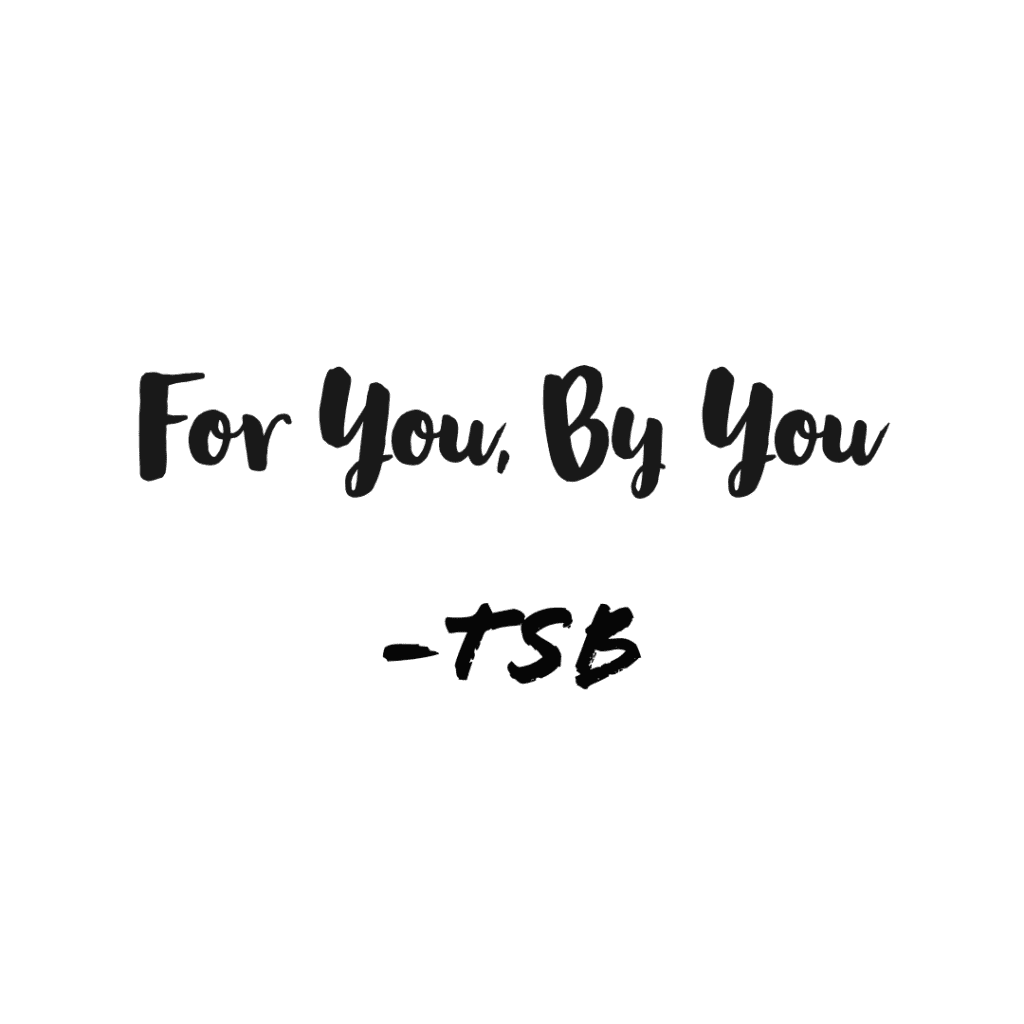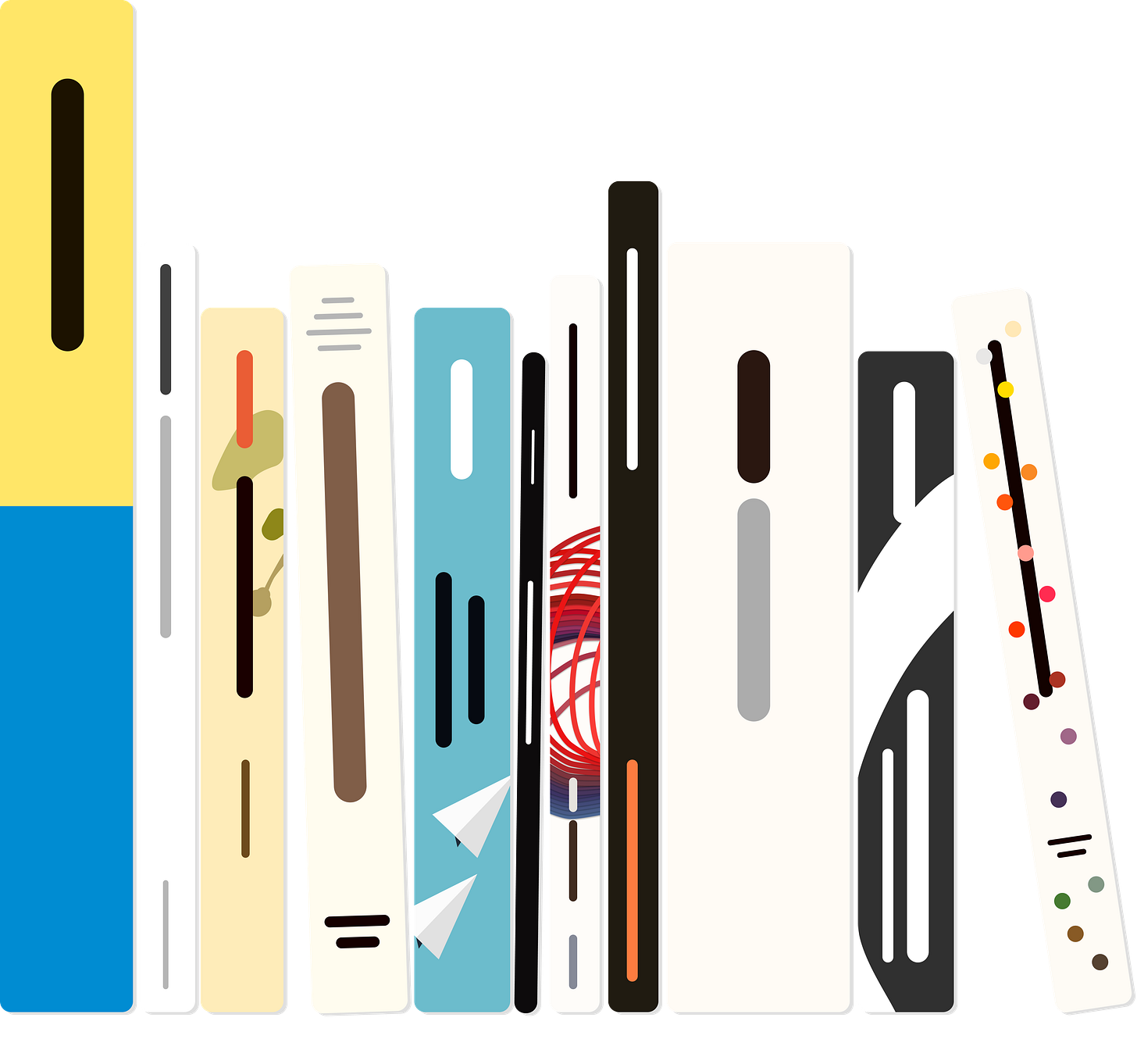
This was originally published on The Success Bug website by The Success Bug Team.
Writing a business plan for the first time can be daunting and confusing. Why should I write one? Where do I even start? How will this improve the success of my business?
In this article, we answer all of these questions in a step by step guide on how to write your first business plan from scratch.
Should I Write a Business Plan?
There seems to be a debate on whether or not a business plan is relevant. Many of today’s biggest companies started without one. This leads many people to believe that it isn’t useful, let alone necessary for success.
However, a recent study examined 11,046 small businesses and looked at the correlation between their success and whether or not they had a business plan. The study concluded that companies that used a business plan grew 30% faster than their counterparts. In fact, 71% of fast-growing companies have business plans.
Having a plan also can also assist with organization and consistency. By having a plan written out, it allows an entrepreneur to refer back to the outline and make sure everything in their business is operating efficiently, and as expected.
Business Plan Composition
The first step in writing a successful business plan is deciding its structure. For the sake of simplicity, we’ll stick to a 5-page business plan template. The composition of this 5-section template will be broken down into:
- Overview
- Competitive Analysis
- Product
- Marketing
- Goals
Overview
In this section, you’re essentially providing a general breakdown of your business. This can begin with simple details such as the business name, location, legal structure, and a description of what the business does. If you’re creating a plan for an existing company, it will likely have sales, return on investments and all other financial information.

A mission statement is also usually included in this section. The best mission statements include the company’s values, vision, and mission. Furthermore, the statement should be clear, concise, and easy for the reader to understand.
The company’s structure of responsibility should be mapped out in this section as well. This should outline who’s in charge of the sales, marketing, and finance areas of a company for instance.
While it’s the first thing that people will read, we generally advise that you write the overview last. Why? Because once you know the details of your business inside and out, you will be better prepared to write your overview.
Competitive Analysis
You want to start by describing the industry you’re competing in and the markets you’re targeting. It is crucial for all business owners to be up-to-date with their industry. This can include familiarity with industry trends, innovations, and shifts. Once we know this, we can identify what our competitive advantage is. A competitive advantage is any strategy that puts a company in a favorable business position over its competitors.
In this section, you want to describe as much about your competitors, supplier and buyer powers, and external threats. This can all be scoped through traditional industry analysis.

If you’d like to learn more about how to perform an industry analysis, check out our guide on how to use Porter’s Five Forces. Porter’s Five Forces is a powerful tool, created by Harvard Business School professor Michael Porter. It was designed to understand the competitiveness of a business environment. This enables us to better identify profitable opportunities.
Product
This section provides information about the products or services your company provides. A good start would be to explain what problem your product solves, and how it accomplishes this. If you can’t pinpoint a problem that your product solves, then you might not have a viable business concept.
Additionally, this section should include information about the products:
- manufacturing cost
- pricing strategy
- supplier/ source
- consumer demand

Marketing
To begin, a good business plan will identify the target market segments. This is then followed with data to indicate how fast each segment is growing. When identifying target markets, a classic method is to use the TAM, SAM, and SOM breakdown.
- TAM: Total Available Market (everyone you wish to reach with your product)
- SAM: Segment Addressable Market (the section of TAM you will target)
- SOM: Share Of the Market (the portion of your SAM that you will realistically reach—particularly in the first few years of business)
Once you have identified your key market segments, you should discuss the trends for these markets. Are they growing or shrinking? Identify the market’s evolving needs, tastes, or upcoming changes.
Another important question to address in this section is how you plan to build customer loyalty. A great marketing strategy should aim to build consumer interest and retain customers.
Goals
Finally, the last section when you write a business plan should be the company’s goals. This can be broken into two sections of goals: short term (1-year) and long term (3-5years).
Each section should aim to describe goals in respects to:
- revenues
- profits
- sales
- company development
- company impact
It’s important to note that this is solely the minimum of goals a business should set. It’s very likely for a company to have goals not measured by numbers. If they’re significant to the company, they should also be added to this section for a more detailed comparison in the future.

The power of this section lies in manifesting the direction you want your company to head in. A popular study by Psychology professor Dr. Gail Matthews, revealed you’re 42% more likely to achieve your goals if you write them down.
Key Takeaways
Creating a business plan can serve many purposes alongside increasing a company’s likelihood of success. A strong business plan template consists of an Overview, Competitive Analysis, Product Description, Marketing Plan, and List of Company Goals. The more detailed each of the sections of the business plan is the more accurately you can achieve your goals and grow your company. Hopefully, after having read this guide, you now have a more concrete understanding of how to write a strong business plan.
If you would like to learn more about more ways to improve your company, you will definitely like this article on “Why Brand Activism Matters for Your Business.“






















